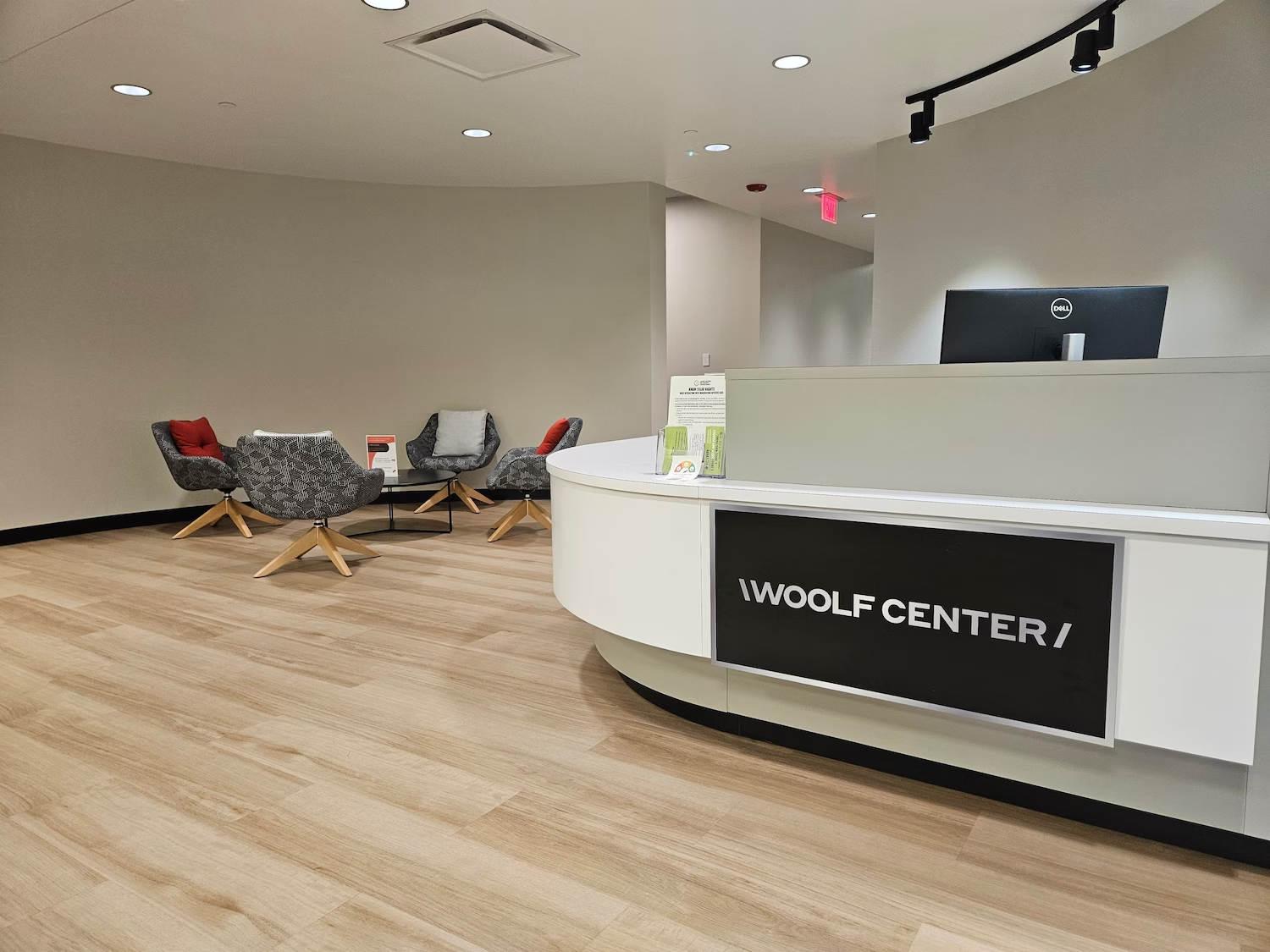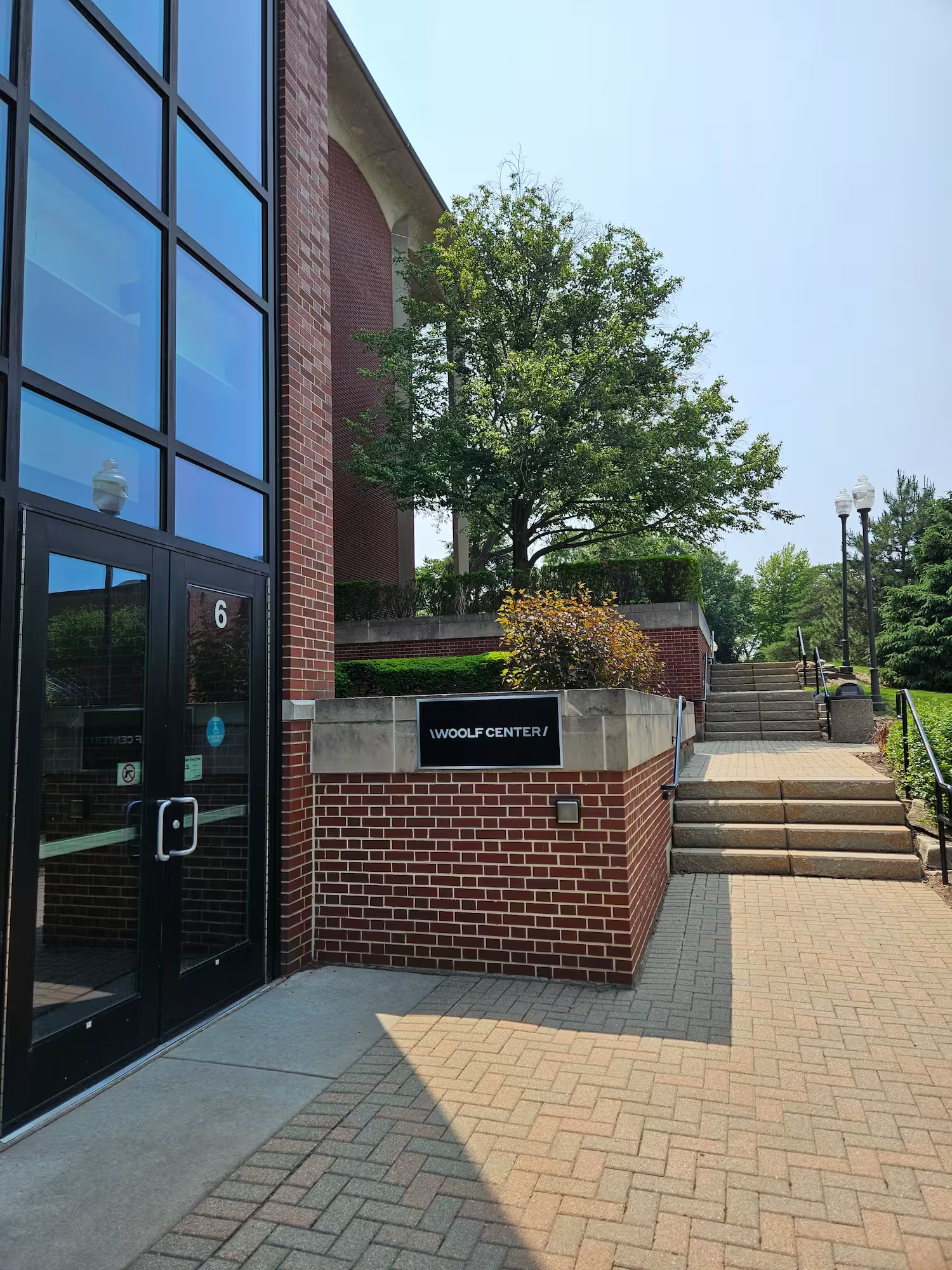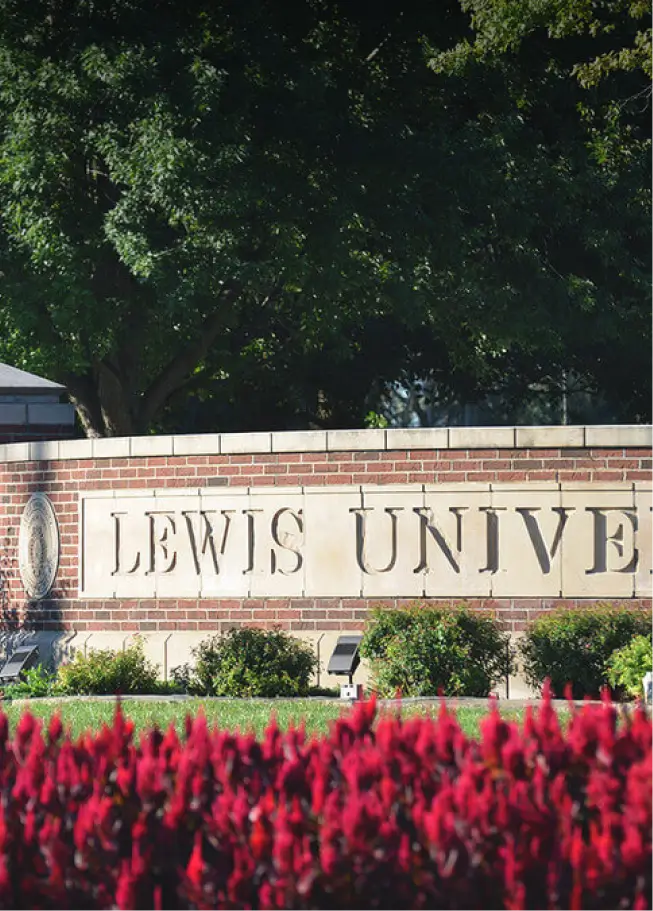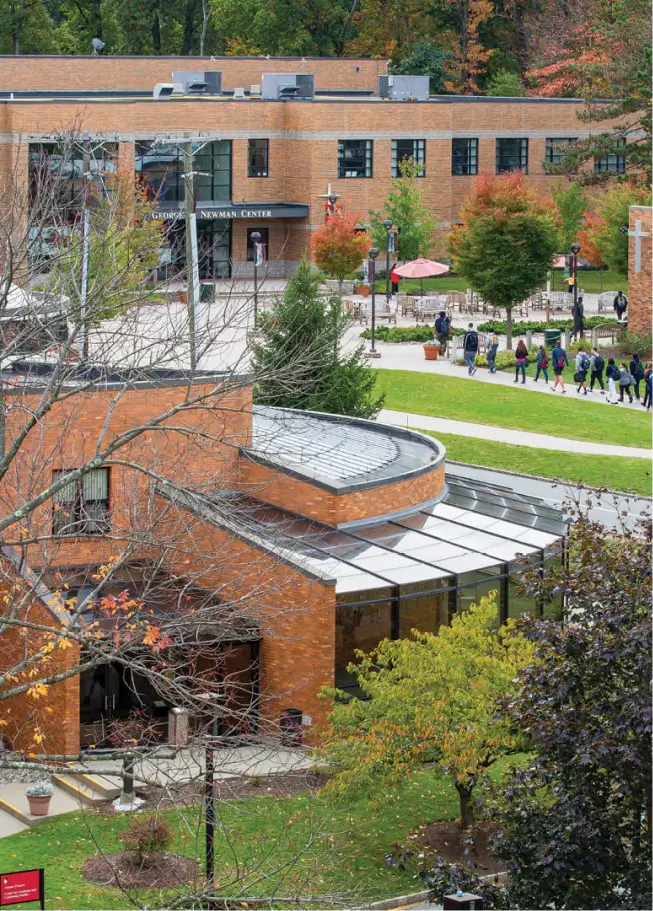Start online
Finish on campus


Finish on campus
University transfer pathways
Woolf now offers a new pathway: students can start their studies online, earn credits through Woolf, and then transfer to an international university to earn a degree faster and at a lower cost.
Here’s how it works

Start online
Begin studying with Woolf or one of our partners. Your courses count as official credit.

Apply to transfer
Choose from our U.S. partner universities. If accepted, you’ll continue your master’s degree on campus.

Finish in the U.S.
Complete your degree in person. Many students also qualify for OPT, which allows you to work in the U.S. after graduation.
What this means for you
If you’ve been studying Computer Science or Business, you’re now eligible to:
Work in the U.S. for up to 3 years
Turn your degree into real-world experience with post-study work opportunities in the U.S.

Save up to 40%on tuition
Begin studying with Woolf or one of our partners. Your courses count as official credit.
Transfer to a U.S. university
and graduate with the same degree as American students

Complete your degree faster
Often in half the time

Earn starting salaries 8–12 times higher
than what you might expect locally.

This is not just a degree, it’s a life-changing investment in your future, your family, and your community.
Physical Presence, Global Reach

While Woolf embraces the flexibility of digital education, our Woolf Centres provide physical locations where academic activities, research, and collaboration take place.

Frequently Asked Questions
Yes. Housing is optional. You may live off-campus and pay only tuition, though on-campus housing offers a more immersive experience.
No. SOFO partner universities are located across multiple U.S. states, including Illinois, Michigan, Wisconsin, New Jersey, and West Virginia. The network is intentionally regional to give students choice in location and campus experience.
The current live pathway is the MS in Computer Science. Additional programs, such as MBA, MS in Business Analytics, and MS in Software Engineering, are being developed with partner universities. Availability may vary by intake.
Yes. The GRE is waived for SOFO applicants at partner universities.
Most partner universities accept Woolf transcripts directly and do not require an ECA. In some cases, an ECA or additional transcripts may be requested. Woolf will guide you if this is needed.
No. There are no age restrictions for the SOFO Program.
Yes. Each intake has an official WhatsApp group to help with applications, credit transfer, visa steps, and campus arrival.
The number of credits depends on the partner university. For example, Lewis accepts up to 9 of 33 credits, Detroit Mercy up to 9 of 30, and Concordia up to 12 of 30. Final transfer is confirmed by the receiving university.
No. Your courses will not be repeated. On-campus subjects will differ, and you will choose electives that build depth in your specialization.
Yes. You may finish eligible Woolfcourses before your tuition deadline, allowing them to be considered fortransfer and lowering your tuition.
No. Specializations must be chosen carefully during application. Transfers mid-program are not supported.
Yes. Woolf securely shares your transcript with your selected university once you submit your application.
Explain your academic background, career goals, relevant projects, and why the SOFO pathway fits your ambitions. Keep it clear and specific.
Professors, mentors, or supervisors who can speak to your academic or technical abilities are best. Letters should include relationship context, strengths, and achievements.
Applications are reviewed in your stated order of preference. If you are admitted to a higher-ranked choice, the application will not proceed to lower-ranked options.
Campus life varies by university but typically includes student clubs, sports, events, and strong faculty and peer support.
Yes. F-1 students can usually work up to 20 hours per week on campus, and may apply for Teaching Assistant positions, depending on availability.
Most programs require 2–3 days per week on campus, plus project work. The exact schedule depends on the university and courses.
With transfer credit, many students finish in 12–15 months (two semesters plus a summer). Without transfer, programs may take up to two years.
Woolf continues to support students through Woolf Centers, assisting with credit transfer and acting as a partner if issues arise that the university cannot address directly.
Acceptable documents include bank statements, bank letters, loan approvals, affidavits of support, or sponsorship letters. Funds must cover at least one academic year of tuition and living costs for I-20 issuance.
Living costs vary by city, but a modest off-campus setup is usually $1,000–$1,400 per month, covering rent, food, transport, and basic expenses.
If your visa is denied, you may not be able to join the current intake but can reapply for the next session with Woolf and partner university support.
Plan for 2–3 months: submit your application, receive admission, obtain the I-20, apply for a visa, pay fees, and travel before program start.
CPT depends on your GPA, internship availability, and the job market. Universities provide support, but students must secure roles. CPT time counts against total OPT eligibility.
Most students begin CPT after two semesters, once they meet eligibility and have a confirmed internship offer.
Many graduates apply for H-1B or other work visas, usually with employer sponsorship. University career services provide guidance on available pathways.
No. Current policies continue to support international STEM graduates, including three years of STEM OPT. Always check official government guidance for updates.
You’ll need academic transcripts, your Woolf transcript, passport, English proficiency scores(TOEFL/IELTS/Duolingo/PTE-A), a 500-word SOP, two recommenders (name, title, email), and your ranked university preferences. GRE scores are optional.
Yes. The Unified Application requiresa $150 non-refundable fee at submission.
Your application is shared in order of your ranked preferences. If admitted to a higher preference, the application does not proceed to lower choices.
Your I-20 is issued once you are admitted and your proof of financial ability for one academic year is verifiedby the university.
.avif)




